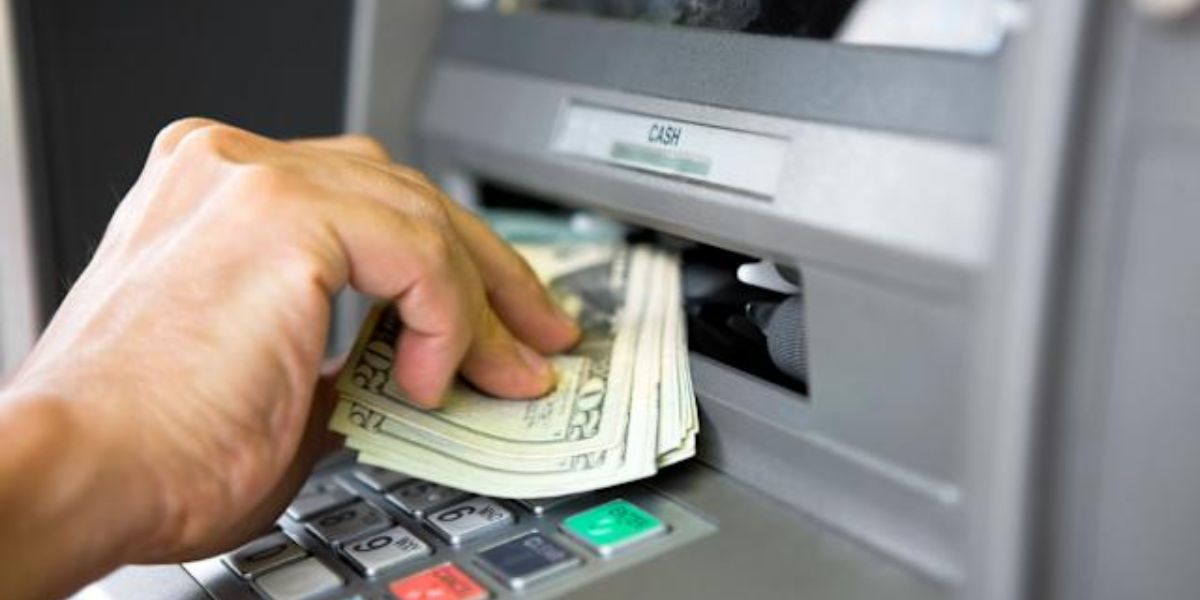It seems that withdrawing a large sum of money like $10,000 from your bank account is a personal financial decision, but did you know it can trigger a chain of official responses?
No matter your plans to renovate, invest, or simply hold the money elsewhere, a $10,000 bank withdrawal is not private. In fact, it can arouse suspicion in government agencies and even lead to a call you never expected.
What is the result of withdrawing $10,000 from your bank account?
When you withdraw $10,000 or more from your bank account, U.S. banks are legally required to file a Currency Transaction Report (CTR) with the Financial Crimes Enforcement Network (FinCEN). This is not an accusation of anything against you, it’s a compliance with strict anti-money laundering laws.
What most individuals don’t know, though, is that this can trigger further federal agency scrutiny. CTR reports include your name, social security number, and the reason for your withdrawal (if provided). And while this might sound routine, that does not finish it.
Why withdrawing $10,000 from your bank account can lead to a call
This is where “this call” comes in. Withdrawing $10,000 from your bank account may, in some cases, lead to a follow-up call from your bank or even federal authorities if the transaction is outside of the norm for your account history. All of this is part of the government’s commitment to crack down on crime. If the withdrawal doesn’t appear to be in line with your normal activity, or if multiple transactions appear aimed at avoiding the $10,000 threshold (“structuring”), you may receive a call about compliance or an investigation.
This may be from:
- Your bank’s fraud prevention unit
- A government agent investigating the source or use of funds
- Law enforcement, if criminal activity is suspected
It’s not about accusing anyone, it’s about making sure financial systems aren’t used for illicit purposes like tax evasion, terrorism financing, or fraud.
Structuring withdrawals and legal penalties
If you try to avoid this reporting by making a series of successive withdrawals in amounts below $10,000, that’s structuring, and it’s illegal. Even if your intention is innocent, the IRS can determine that you are attempting to avoid reporting requirements.
Here are some red flags:
- Making three separate $3,500 withdrawals within three days
- Drawing out $9,999 instead of $10,000 on several occasions
- Asking the bank how to avoid being reported
These actions can still trigger a CTR or even a Suspicious Activity Report (SAR) to be filed. And once a SAR is reported, it’s confidential; you won’t even know it was submitted.
$10,000 withdrawal from your bank account while you live abroad
Yes, even if you’re living abroad, a $10,000 withdrawal from your bank account may be reported, especially if you have U.S. bank accounts or if you’re receiving Social Security benefits. The government keeps a very close eye on financial inflow and outflow from the country. Those living abroad need to acquaint themselves with the Foreign Bank Account Report (FBAR) and other foreign financial disclosure requirements as well. According to the USA government’s official website, the U.S. requires citizens and residents to report foreign accounts that together exceed $10,000.
While withdrawing $10,000 from your bank account is completely legal, it comes with more oversight than many realize. It’s not about being paranoid, it’s about being informed. If you’re withdrawing a lot of money, anticipate that your bank will ask questions, and you may get a follow-up call.
Be articulate in your answers, truthful in your intentions, and organized in your documentation. Don’t fear the system, provided you’re playing by the rules.
So, don’t go running down to the bank without knowing what is going on behind the scenes; it is more than cashing, but a trail of paper. Be smart, ask questions, and don’t get caught off guard.







